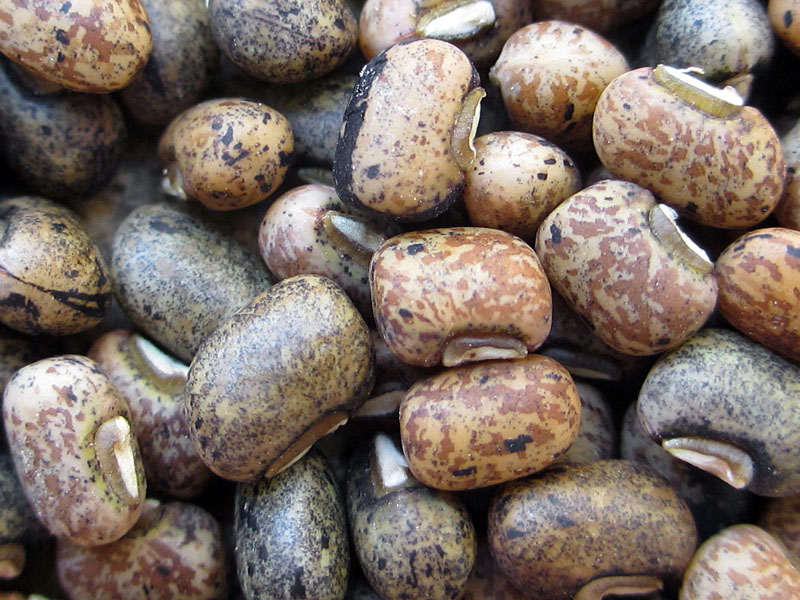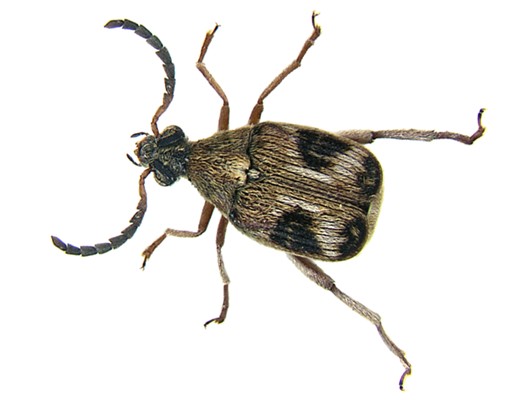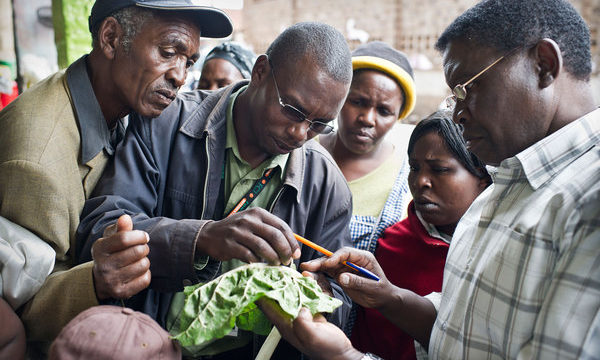
Cowpea (Vigna unguiculata), a staple crop in West Africa, is consumed by more than 200 million people a day and is an important source of income for farming communities. Nigeria is the largest producer of cowpea, yet still imports roughly 500,000 tonnes of the crop per year due to the domestic consumption demand. This need for importing is due to the dramatic yield losses seen in the country by up to 90% from pre-and post-harvest losses.
One of the major pre-harvest pests is Maruca vitrata, the pod-borer. Pre-harvest cowpea yield losses due to the pod borer can range from 20-80% and it is estimated that over 30,000 tonnes of the crop are lost annually during storage. Another significant pest is Callosobruchus maculatus, the cowpea weevil. Weevil damage is estimated at 25% during post-harvest storage stages. Genetic solutions for both pests are being developed using biotechnology, with their deployment country-wide would allow Nigeria to become more self-sufficient and meet increasing consumer demands.
In December 2019, a significant milestone was achieved in Nigeria when the world’s first genetically modified cowpea variety was registered for commercial application. This new variety, named SAMPEA 20-T, contains the plant equivalent of the bacterial gene cry1Ab commonly found in Bacillus thuringiensis. It was developed by an international team including members from the African Agricultural Technology Foundation (Kenya), the Institute for Agricultural Research (Nigeria) and the Institute for International Crop Improvement at the Donald Danforth Plant Science Center (US).
Traditional breeding practices are incapable of creating a pod-borer resistant (PBR) cowpea due to the lack of naturally resistant germplasm, therefore chemical insecticides have been the common control mechanism for farmers. Insecticides are expensive for smallholder farmers and can be harmful to the environment and human health when used incorrectly.

If there was 100% adoption of PBR cowpea in Nigeria, Niger and Benin using suitable seed distribution systems and the removal of trade barriers, it is estimated that the social welfare gain would be at least US $848 million per year. In Nigeria alone, using more conservative estimates for adoption between 15-45%, producers and consumers would be estimated to gain $350 million over 25 years. The successful release of a GM crop to the public is dependent on a lengthy series of detailed assessments of the unique transgenic events to guarantee its safe use, consumption and performance in the field.
While the pod-borer resistant variety has been approved in Nigeria, to date there is still a lack of sufficient control products or technologies to combat the cowpea weevil. There is no effective genetic resistance to the pest, and although there are several cultural control practices to prevent and reduce pest infestations (e.g. mixing seed with ash), they are often inefficient at significantly reducing yield losses. The most common control method used is the use of chemical insecticides, which often result in chemical residues in cowpea grains when unregulated.
Cowpea weevil infestations commonly start in the field when the grain moisture is high and continued in storage. The insect larvae burrow into the seeds to feed before emerging as adult beetles. Adult females can lay up to 100 eggs and significantly increase infestation levels. 60-100% of harvests are often damaged within a few months of storage due to the weevil pest and causes major economic losses. Seed predation is a major cause for concern amongst subsistence agriculture, with economic impacts such as lower trading prices at every level, low germination rates for affected seeds and the contamination with mycotoxins which compromise the nutritional composition.
Responsible biotechnological product stewardship, including ensuring the availability of high-quality tested seeds, education and outreach to rural smallholder communities is essential to the long-term success of PBR cowpea and the future of its acceptance and uptake. In Africa, the release of a locally developed GM crop due to increasing agricultural threats is a significant achievement to accelerate the implementation of biotechnology to solve productivity-related constraints and post-harvest losses.
Find out more about cowpeas https://www.cabi.org/isc/datasheet/56377
Find out more about cowpea weevils https://www.cabi.org/isc/datasheet/10987
Related News & Blogs
How Insect Saliva is Helping Crops Protect Against Pest Damage
Cowpea is one of Africa’s most important cash crop, and has been found to detect larvae and reduce feeding damage (Image by Toby Hudson) A new study has unlocked the hidden ways in which important cash crops such as cowpea (Vigna unguiculata) tackle lo…
9 September 2021

